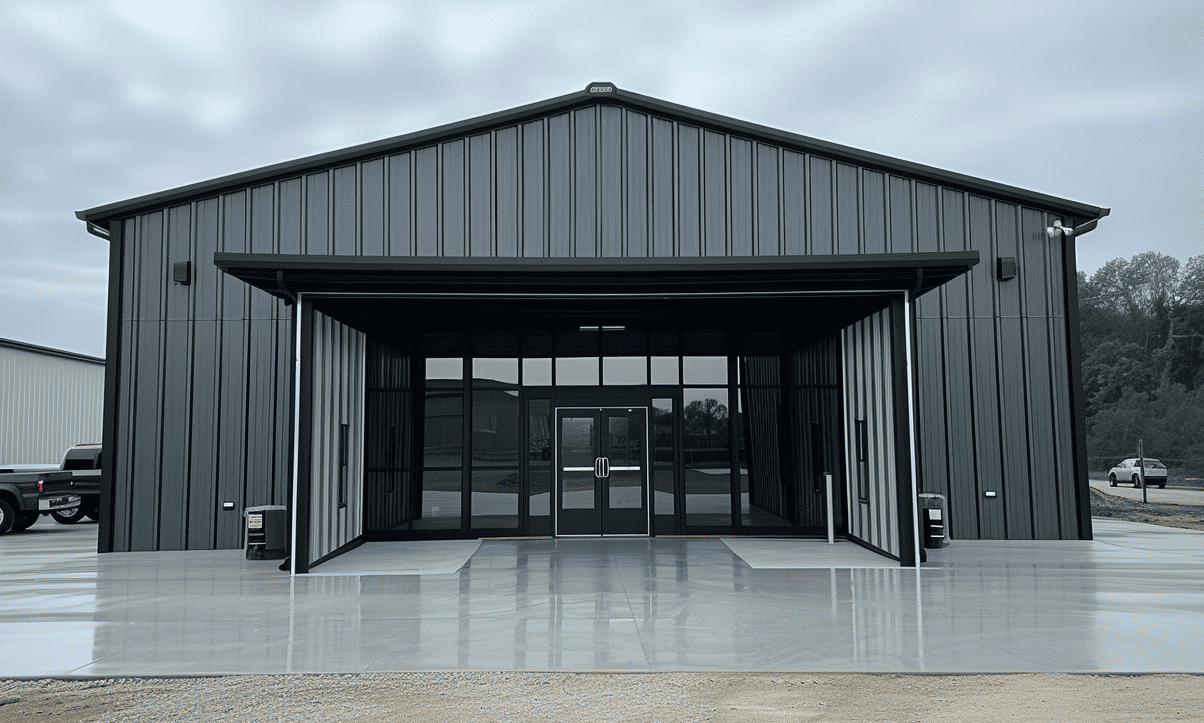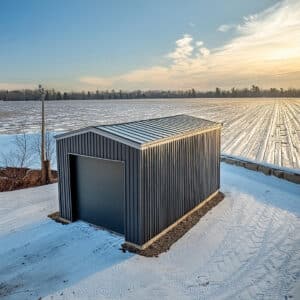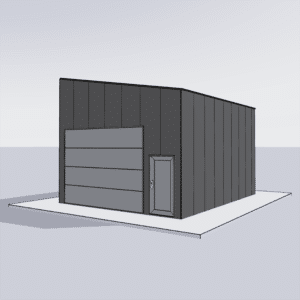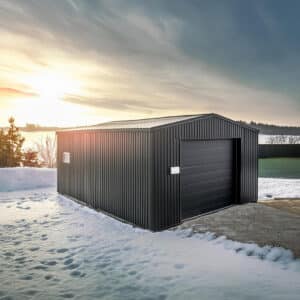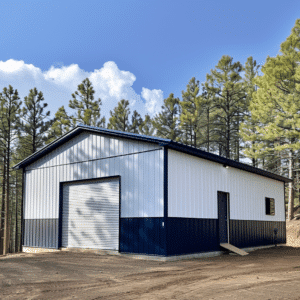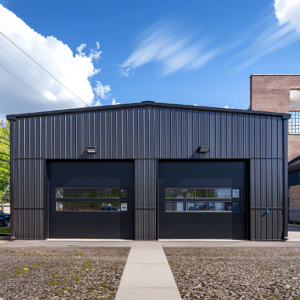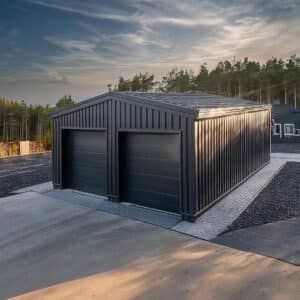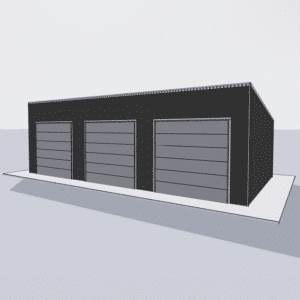In the bustling world of construction, safety isn’t just a consideration; it’s a priority. For those involved in designing and erecting steel structures, understanding the intricate dance of electrical systems is crucial. Proper wiring and grounding play a pivotal role in ensuring that these magnificent edifices are as safe as they are functional. As we delve into the nuances of electrical safety within steel structures, it becomes evident why meticulous attention to these details can mean the difference between seamless operation and significant risk.
Understanding the Importance of Electrical Safety in Steel Structures
When you lay the foundation for a steel building, it’s not just the beams and bolts that need scrutiny—electrical safety is equally paramount. Imagine a well-oiled machine, where each cog and wheel is perfectly in place; similarly, effective wiring and grounding are essential for the smooth functioning of these robust constructions.
Why is this important, you ask? Picture an orchestra. Each instrument must be in tune to create harmony. In our case, every wire and connection in a steel structure must be precisely in place to prevent electrical hazards such as shorts or surges. This is vital, not only to protect the physical structure but also to ensure the well-being of everyone under its roof.
The Role of Regulations and Standards
The path to safety is paved with regulations and standards that guide our steps. Aligning with Regulations for steel structures ensures that every construction is not just robust but safe. These regulations are the rulebook, similar to the sheet music of our orchestra analogy, directing each component to its rightful place and function.
Furthermore, for those eager to dive deeper, Steel Building Safety FAQs offer a wealth of information, enhancing our understanding of the intricate dance between steel and electricity. Safety isn’t just about compliance; it’s about fostering a culture of safeguarding.
The Fundamentals of Proper Wiring
Let’s dive into the nitty-gritty of wiring systems. Proper wiring is more than running cables through conduits; it’s akin to laying a city’s electrical grid. Each wire must be properly insulated to prevent unnecessary contact with the steel frame, thus avoiding potential electrical hazards.
Consider engineered drawings as your blueprint, offering clarity and direction in the intricate design of electrical systems. Accessing Engineered Drawings for Safety Standards provides you with the architectural symphony needed for composing a safe, compliant structure.
Critical Elements of Wiring in Steel Structures
The critical elements in wiring involve not only connecting power but ensuring that each connection is secure and up to code. This task is comparable to crafting a finely tuned instrument. Each wire must align perfectly with connections, ensuring there is no room for error.
Moreover, turning our gaze towards the OSHA Safety and Health Regulations can further illuminate our understanding. Follow the link for more insights: OSHA Safety and Health Regulations for Construction.
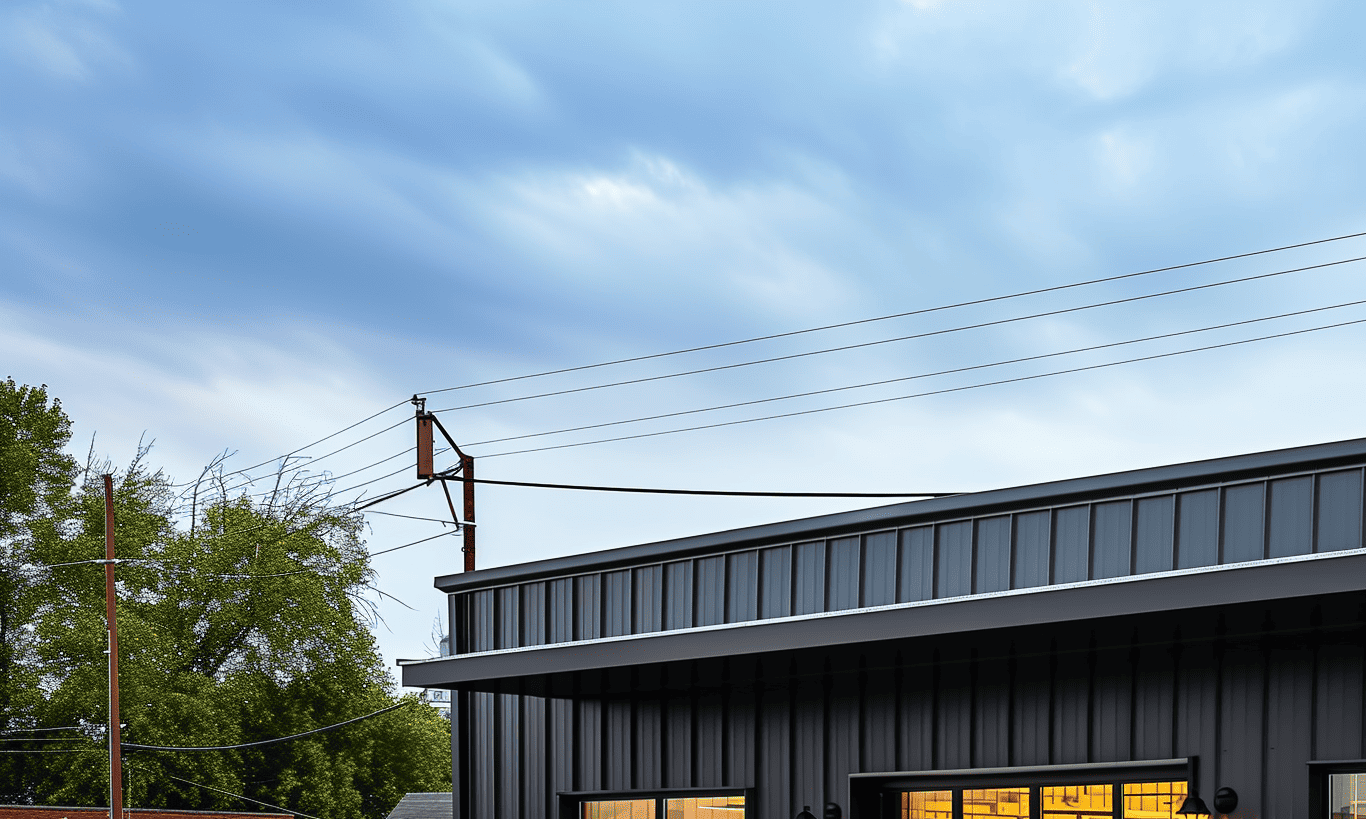
The Grounding Connection
Grounding is the unsung hero in electrical safety, offering a lifeline during unexpected surges. Akin to an anchor stabilizing a ship, grounding protects your structure by redirecting unwelcome electricity safely into the earth. Especially in steel buildings, where the structure itself is a conductor, proper grounding neutralizes potential threats and enhances safety.
To ensure thorough grounding, adhering to specific guidelines is critical. This is where the detailed understanding of Wind-Load Standards for Steel Building Stability can play a role, tying into the broader picture of a stable, secure structure.
Grounding Techniques for Steel Structures
The techniques of grounding involve securely attaching grounding conductors to minimize any risk posed by electrical faults. The process is meticulous, yet the peace of mind it offers is incomparable.
Consider your steel structure as a fortress, with grounding acting as its impenetrable foundation, strengthening its resilience against unforeseen electrical anomalies.
Conclusion: The Bridge to Safe Steel Structures
In closing, electrical safety, with a spotlight on proper wiring and grounding, is the backbone of constructing safe steel structures. This article has unravelled the critical role they play, akin to entrusted guardians in the realm of construction.
Inculcating a culture of vigilance, utilizing resources like engineered drawings, and adhering to stringent regulations ensures your steel structure stands tall, safe, and functional for years. By embracing these principles, you are not just building structures; you’re crafting legacies rooted in safety and excellence.


